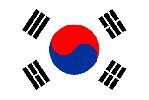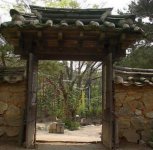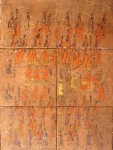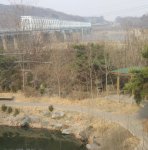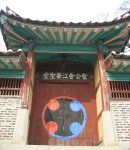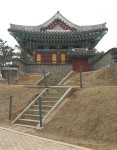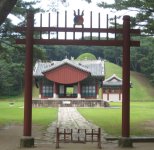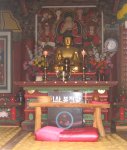Gyeonggi Province has been a politically important
area ever since 18 B.C., when Korea was divided into three
nations during the Period of the Three Kingdoms. Ever since King
Onjo, the founder of Baekje, founded the government in Wirye
Castle of Hanam, the Han River valley was absorbed into Goguryeo
in the mid-fifth century, and became Silla's territory in the
year 553. Afterward, the current location of Gyeonggi Province,
one of the nine states of Unified Silla was called Hansanju. The
Gyeonggi region started to rise as the central region of Goryeo
Dynasty as the Emperor Taejo set up the capital in Gaesong. Since
1018, this area has been officially called "Gyeonggi."
During the Joseon Dynasty, which was founded after the Goryeo
Dynasty, King Taejo set the capital in Hanyang, while
restructuring Gyeonggi's area to include Gwangju, Suwon, Yeoju,
and Anseong, along with the southeast region. Since the period of
King Taejong and Sejong the Great, the Gyeonggi region has become
very similar to the current administrative area of Gyeonggi
Province.
During the Japanese colonial period, Hanseong-bu
was incorporated into Gyeonggi Province. On October 1, 1910, it
was renamed Gyeongseong-bu and a provincial government was placed
in Gyeongseong-bu according to the reorganization of
administrative districts.After liberation and the foundation of
two Korean governments, Gyeonggi Province and its capital Seoul
were separated, with partial regions of Gyeonggi Province being
incorporated into Seoul thereafter. Additionally, Gaesong became
North Korean territory, the only city to change control after the
countries were divided at the 38th parallel, which is now part of
North Korea's North Hwanghae province. In 1967, the seat of the
Gyeonggi provincial government was transferred from Seoul to
Suwon. After Incheon separated from Gyeonggi Province in 1981,
Gyeonggi regions such as Ongjin and Ganghwa were incorporated
into Incheon in 1995.
< Back to the index
